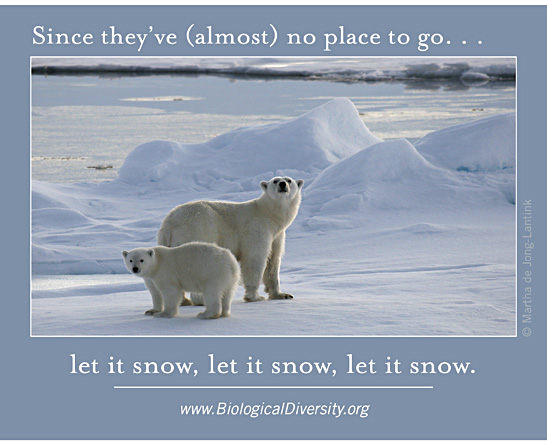A couple of articles about our weather prospects.
Let me start with a recent report from Environmental Research Web, part of IOP Publishing.
Nov 24, 2011
Extreme weather will strike as climate change takes hold, IPCC warns
From the Guardian
Heavier rainfall, fiercer storms and intensifying droughts are likely to strike the world in the coming decades as climate change takes effect, the world’s leading climate scientists said on Friday.
Rising sea levels will increase the vulnerability of coastal areas, and the increase in “extreme weather events” will wipe billions off national economies and destroy lives, according to the Intergovernmental Panel on Climate Change (IPCC), the body of the world’s leading climate scientists convened by the United Nations.
Later on the article includes this,
Simon Brown, climate extremes research manager at theHadley Centre, the climate research unit of the UK’s Met Office, said: “This focus of the IPCC on extremes is very welcome as less emphasis has traditionally been given to these phenomena which are very likely to be the means by which ordinary people first experience climate change. Human susceptibility to weather mainly arises through extreme weather events so it is appropriate that we focus on these which, should they change for the worse, would have wide-ranging and significant consequences. This review will be very helpful in progressing the science by bringing together a wide range of studies – not just on the physical weather aspects of climate extremes but also on how we might adapt and respond to their changes in the future.”
Now I turn to last week’s Economist newspaper.
Climate change
The sad road from Kyoto to Durban
The latest UN climate summit says much about why the world is failing to tackle global warming
Dec 3rd 2011 | from the print edition
IN HARD times governments are consumed by short-term problems. But this does not mean the archetypal long-term problem, climate change, has gone away. Science continues to support the case for curbing greenhouse-gas emissions so as to minimise the risks of catastrophe. Meanwhile it is clear how wretchedly the world is failing to do so. Even if countries honour their promises, the UN reckons that by 2020 emissions will exceed the trajectory for keeping warming under 2°C by up to 11 gigatonnes. That is equivalent to more than double the emissions of every car, bus and truck in 2005.
The concluding paragraph reads,
No one should imagine such a deal would turn the tide on climate change. That tide will rise, and countries will need to adapt to a lot of warming. But by acknowledging that everybody has a responsibility to act, it would represent progress.
‘Countries will need to adapt to a lot of warming.’ Tomorrow, I will publish a recent essay on TomDispatch. As a taster the opening paragraph is,
The good news? While 2010 tied for the warmest year on record, 2011 — according to the U.N.’s World Meteorological Organization (WMO) — is likely to come in 10th once November and December temperatures are tallied. In part, this is evidently due to an especially strong La Niña cooling event in the Pacific. On the other hand, with 2011 in the top ten despite La Niña, 13 of the warmest years since such record-keeping began have occurred in the last 15 years. Think of that as an uncomfortably hot cluster.
We live in interesting times.

It is said that La Nina cools things down. But what is meant is that it cools the atmosphere down. In truth the heat just, most probably, sinks in the ocean… Where half of the excess CO2 also goes, and went. So far. But what goes in can, and will, come out.
The culpability of the USA in this is extreme, and reinforced by the recent fracking madness (which augments very quickly the USA’s fossil fuel production, in the best damn the devil, god, reason, decency and common sense tradition!)
LikeLike